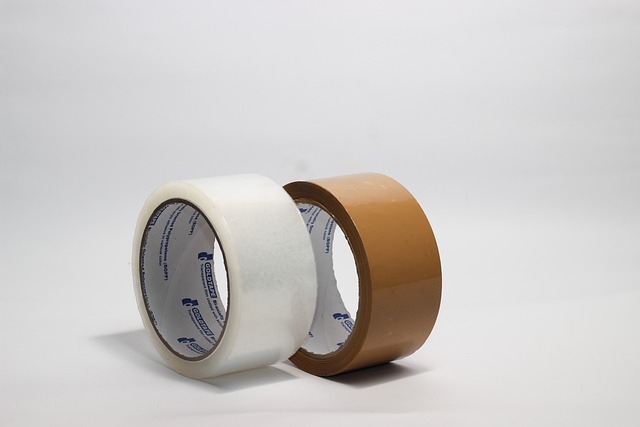Color Defects in Photography: Understanding Exposure
In the world of photography, every image tells a story. However, sometimes the narrative can be slightly twisted by unwanted color defects that mar the beauty of a photo. These imperfections often stem from exposure issues, arising from the interplay between light, camera settings, and the optics involved in capturing that perfect moment.
The Essence of Exposure
Exposure is the foundation of every photograph. It refers to the amount of light that reaches the camera sensor, playing a crucial role in how colors are rendered in an image. When exposure is off, even the most stunning landscapes can appear dull or washed out. This is where understanding color defects becomes essential for every photographer.
Common Color Defects
Color defects in photography can manifest in various forms, each affecting the visual experience differently:
- Overexposure: When too much light hits the sensor, bright areas can lose detail, resulting in a white blown out” effect. Colors may appear overly saturated or take on a surreal quality.
- Underexposure: Conversely, not enough light can lead to shadows masking details, producing a grim, murky quality in photos, where colors look muted and lifeless.
- White Balance Issues: Poor white balance settings can cause a color cast, distorting the true colors in a scene. Imagine capturing a sunset, only to discover it looks more like twilight due to incorrect settings.
Shooting with the Right Tools
Your camera and its lenses are your best friends when it comes to minimizing color defects. High-quality optics can significantly improve how light is captured, leading to better exposure and richer colors. Invest in lenses that handle light well, and always pay attention to their aperture settings, as they help control how much light enters the camera.
Utilizing Technology
Modern cameras come equipped with advanced technology that can assist in managing exposure. Features like histogram displays can provide instantaneous feedback on exposure levels. They help photographers make quick adjustments and avoid color defects in real-time. Familiarity with your camera’s settings, such as ISO, shutter speed, and aperture, is key to mastering exposure and minimizing any unwelcome colors.
Post-Processing Solutions
Even with careful planning, sometimes exposure issues slip through the cracks. Thankfully, post-processing software such as Adobe Lightroom and Photoshop offer tools to correct color defects. Adjusting exposure, white balance, and using selective coloring can transform a good shot into a great one, rescuing its intended beauty.
Understanding and addressing color defects is essential for photographers who aspire to depict the world accurately. By mastering exposure and using your tools effectively, you can capture images that not only tell your story but also resonate deeply with those who view them.



